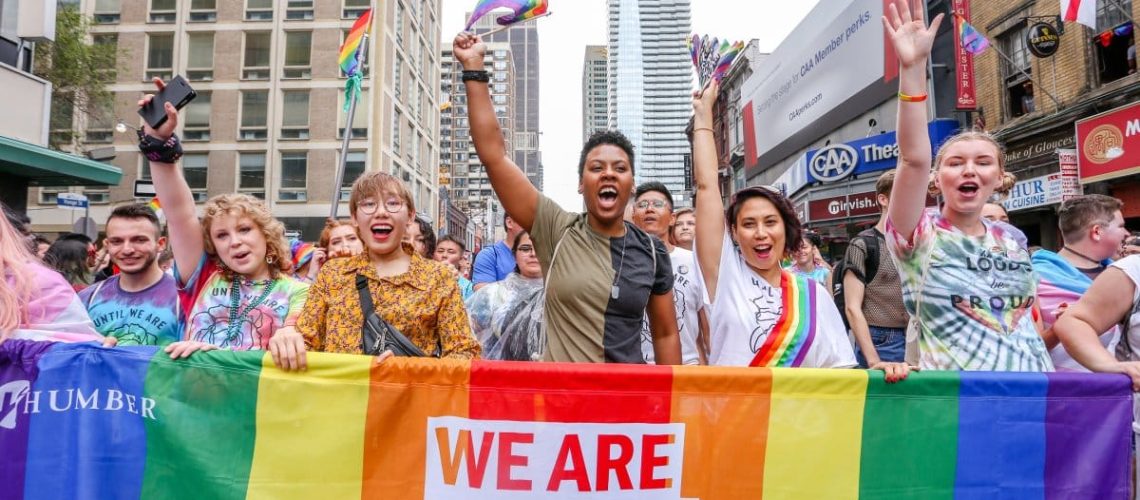Pride month has finally arrived, but what does that mean, and where did it come from? This month, there are parades and parties to celebrate the LGBTQ+ community’s achievements, but let’s find out why.
A Celebration and Protest
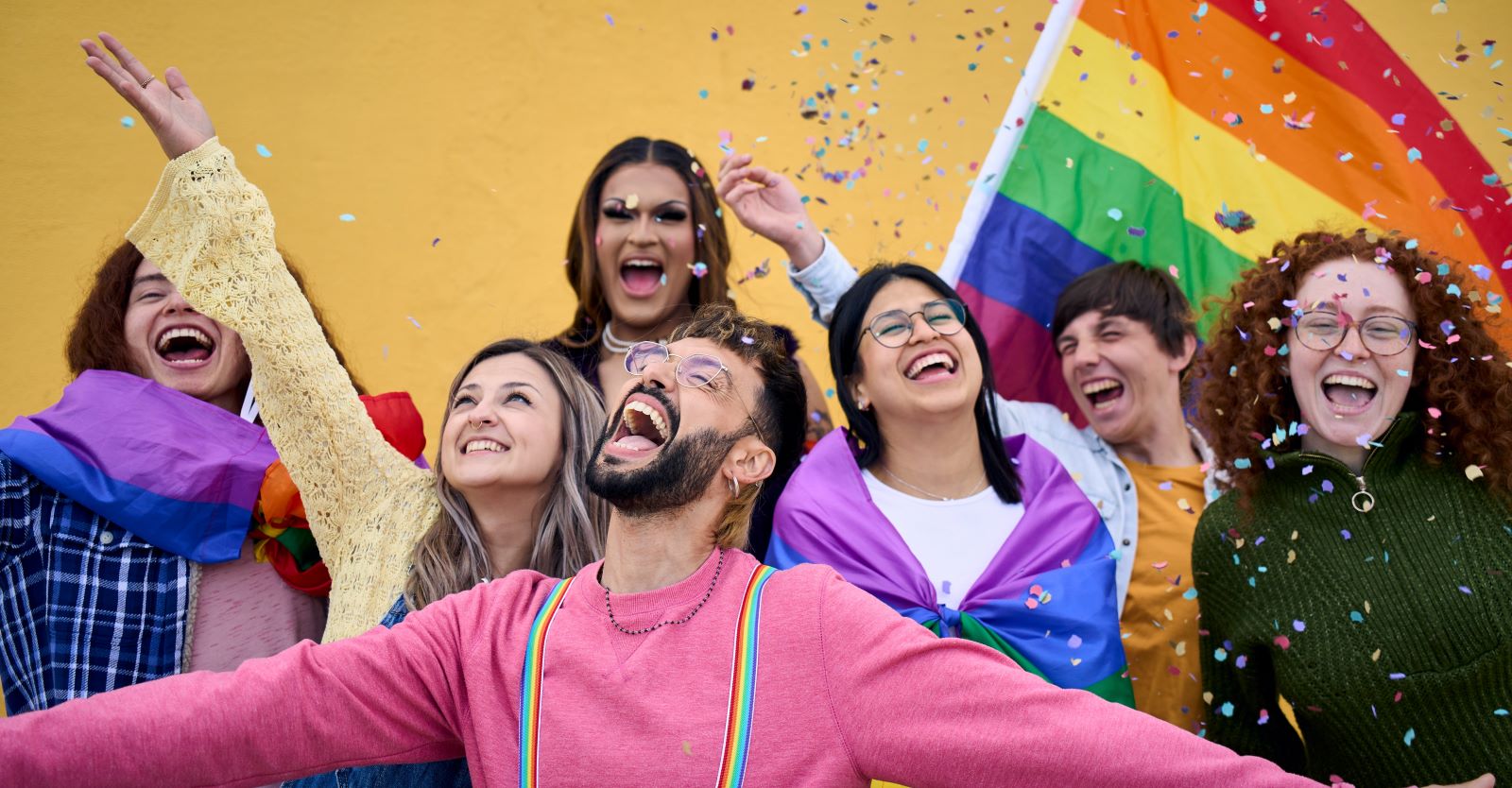
Pride Month is both a celebration and a protest, honoring the lesbian, gay, bisexual, transgender, and queer community and their journey toward acceptance.
Highlighting Ongoing Issues

While most people see the parades and parties, rallies and political actions are also held to highlight the ongoing issues facing the LGBTQ+ community.
The Stonewall Riots
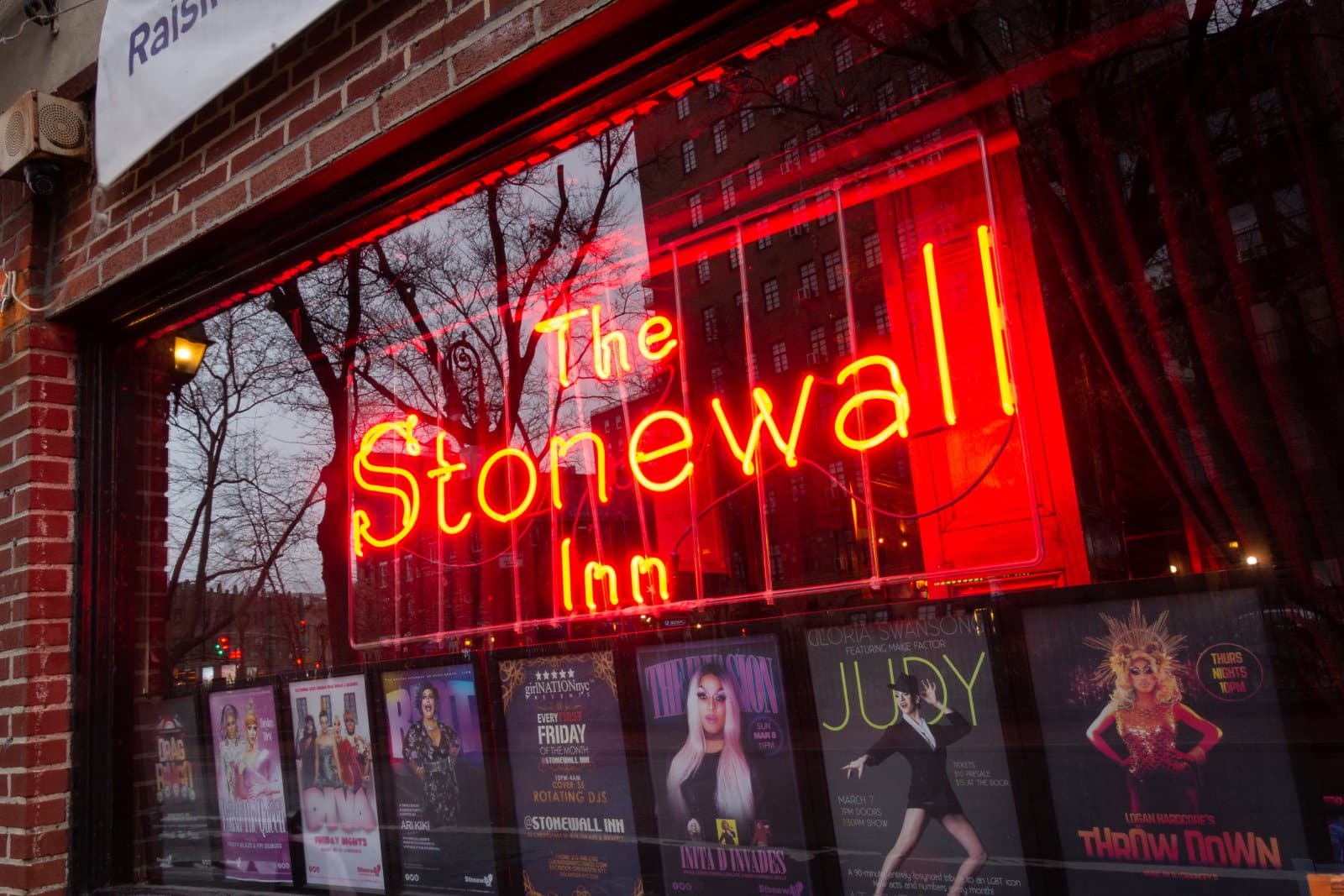
June became the month for Pride due to the 1969 Stonewall riots, which began on June 28, 1969. The first Pride marches occurred a year later, on June 28, 1970, commemorating the riots and evolving into a month-long celebration.
Fighting Back
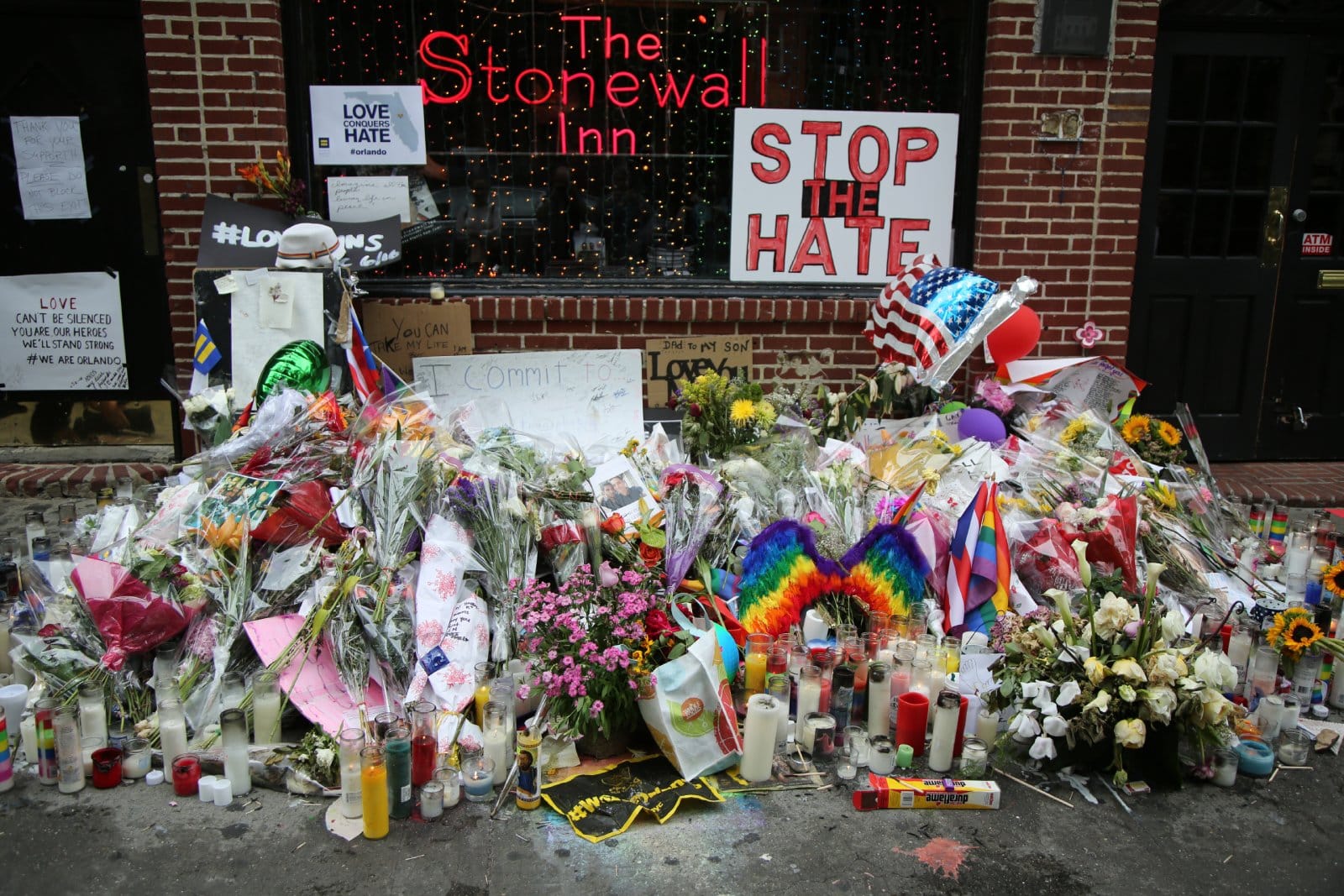
On June 28, 1969, the NYPD raided the Stonewall Inn in Greenwich Village. At the time, a raid like this was not uncommon, but on this night, people at the Inn fought back.
Igniting the LGTBQ+ Movement
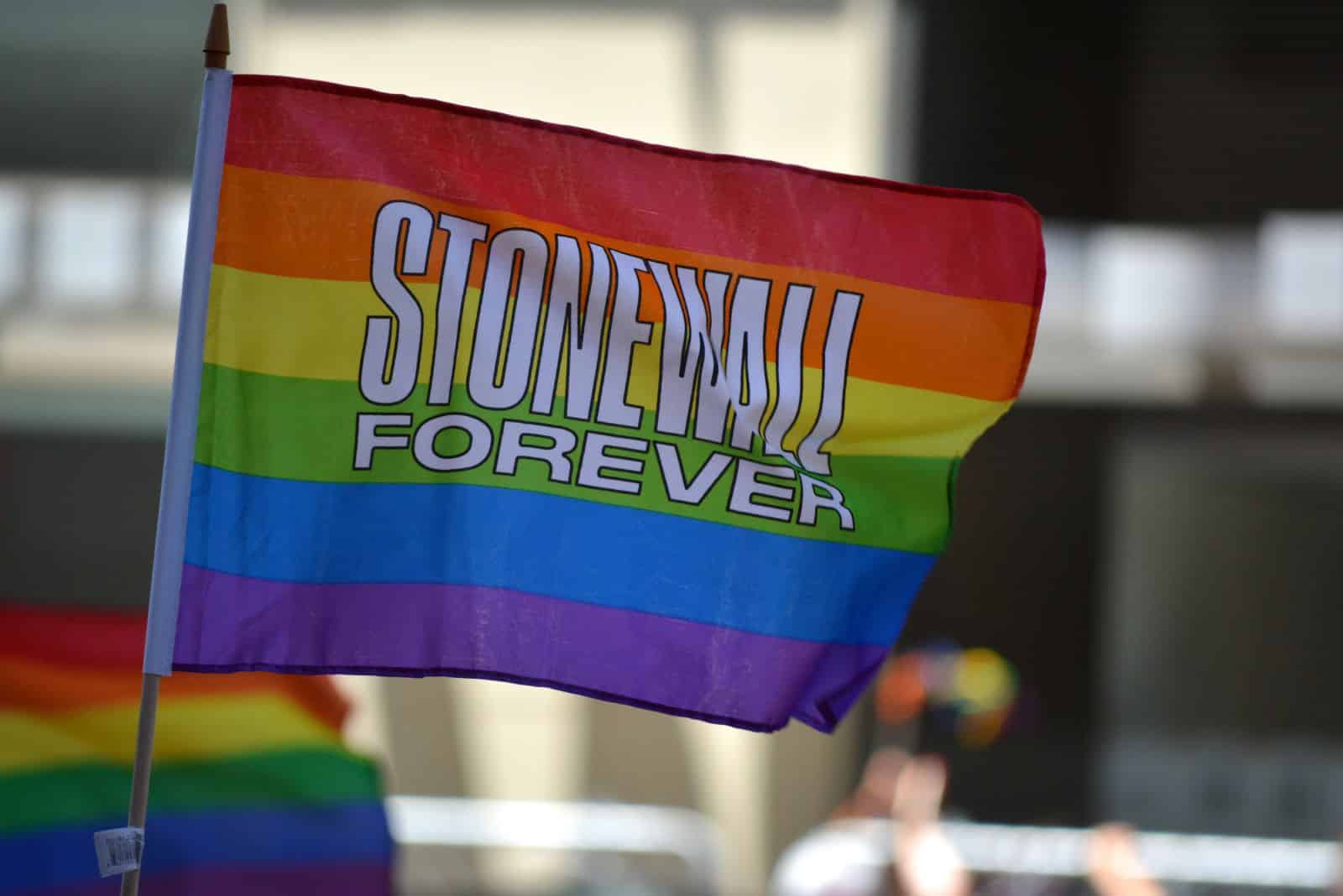
Today, these riots, also known as the Stonewall Uprising, are credited with igniting the modern LGBTQ+ rights movement and setting the stage for Pride month to come every year since.
The First LGBTQ Pride March
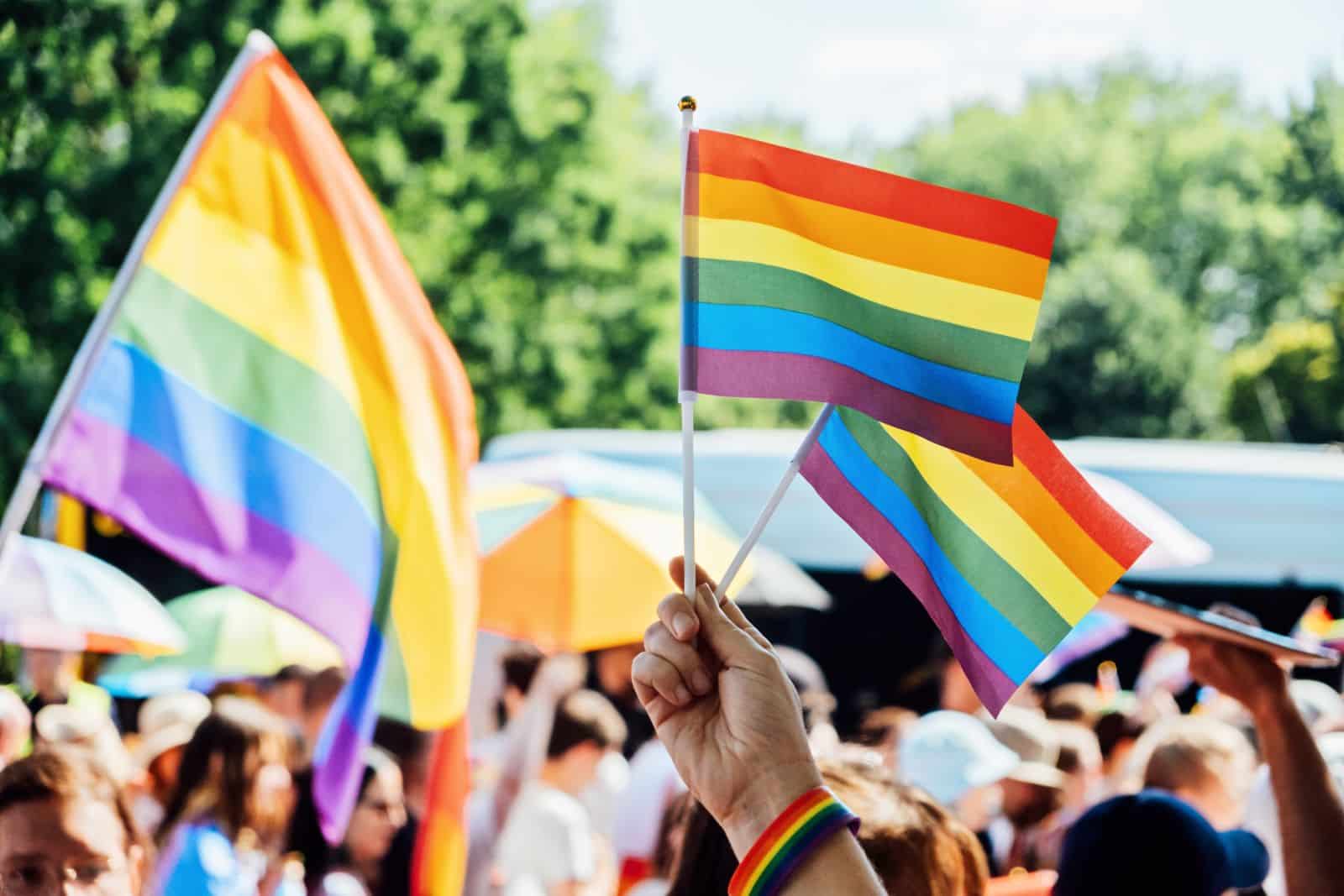
The first Pride marches took place on June 28, 1970, to celebrate the LGBTQ+ people who chose to stand up and fight for their rights to be who they are and love who they want.
The New Strength and Pride

The 1970 New York event, known as the Christopher Street Liberation Day March, saw thousands proclaiming “the new strength and pride of the gay people.”
A Country-Wide Celebration
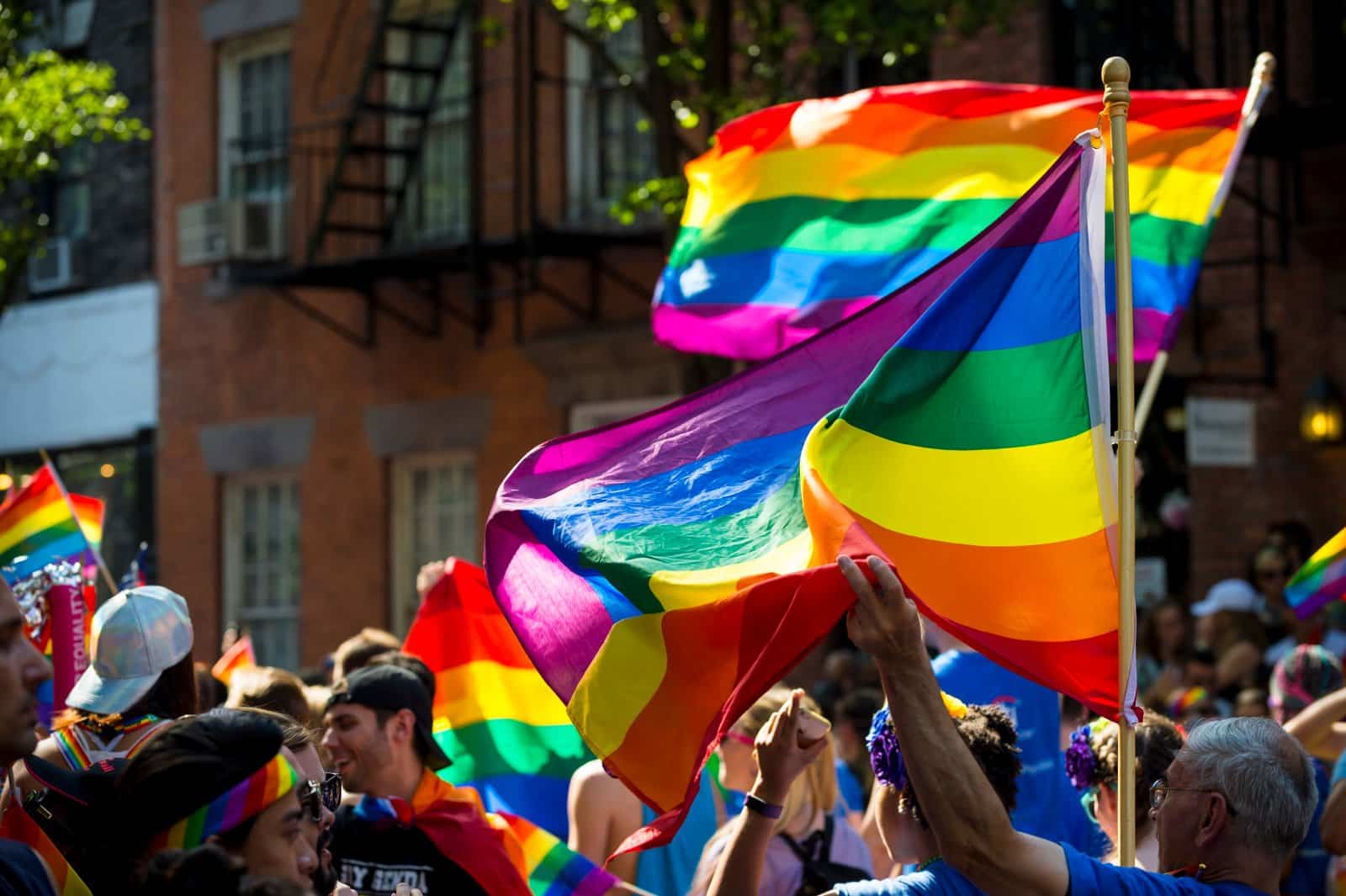
Los Angeles, San Francisco, and Chicago also held Pride marches on the same day and received thousands in their attendance, but New York City’s was by far the largest.
50 Years of Pride Since
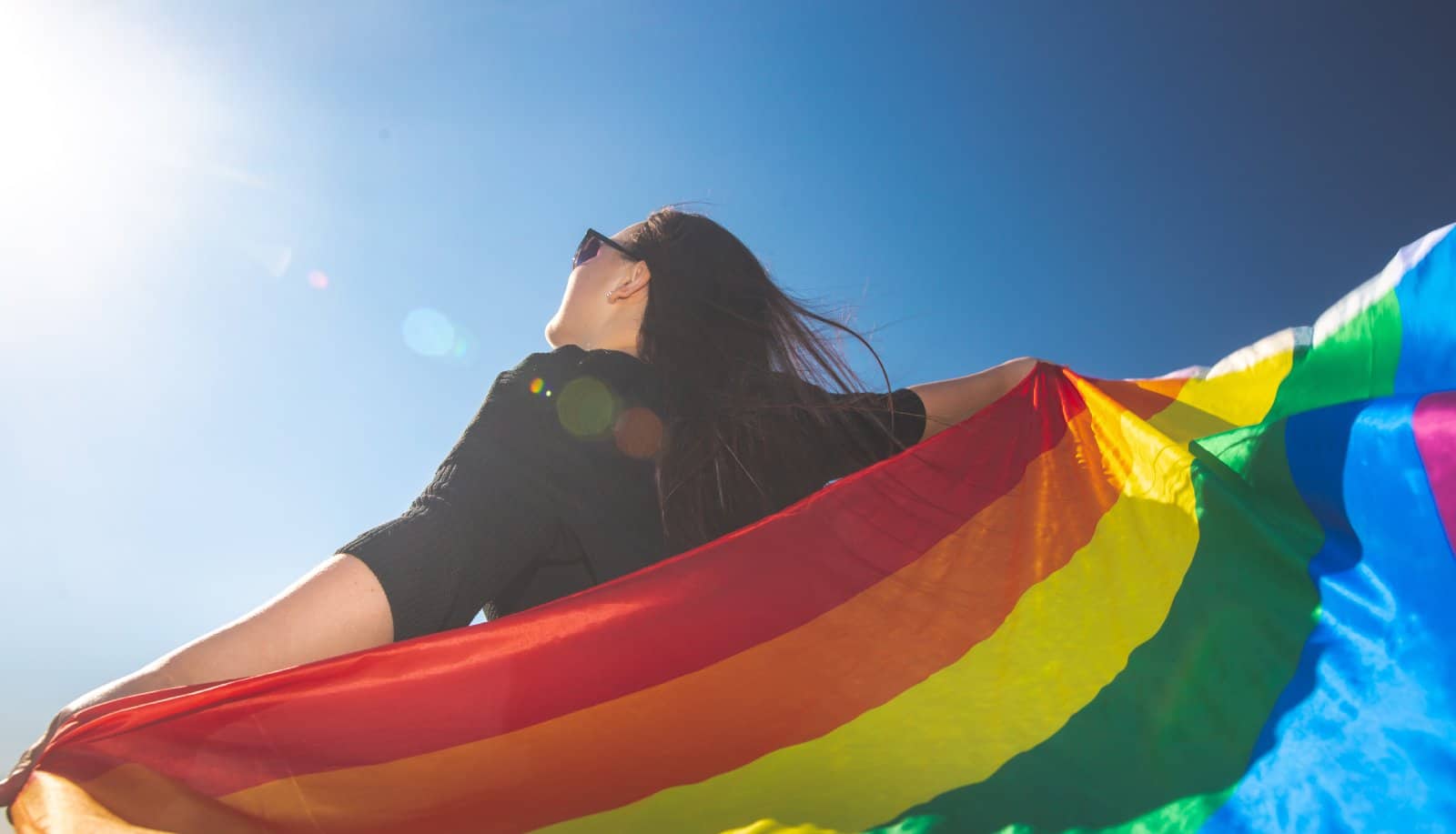
Byrna Aronson, a gay activist, mentioned this in a 1972 issue of Pennsylvania’s Delaware County Daily Times, highlighting Pride’s early recognition and establishment of June as Gay Pride Month.
The Whole Month of June
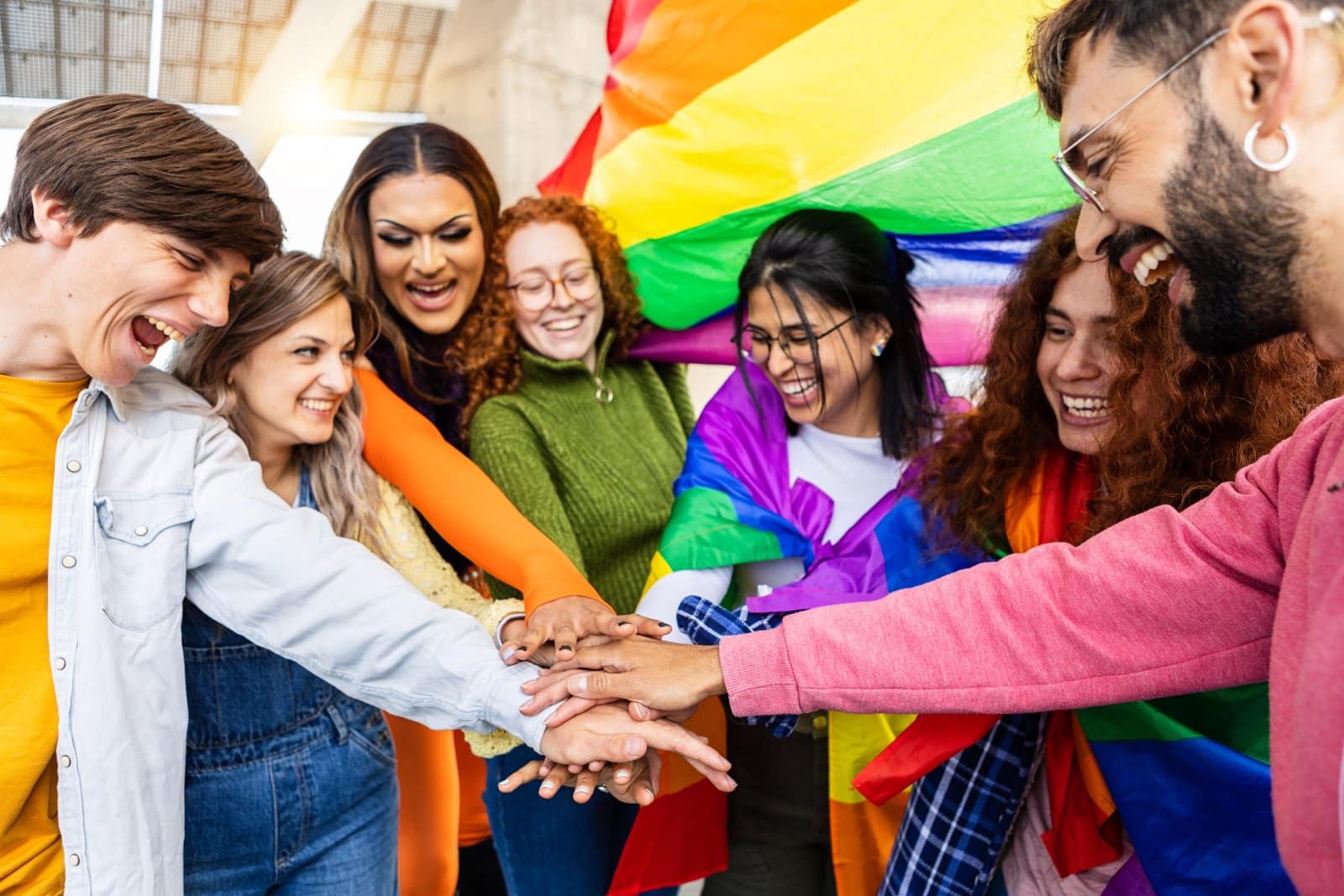
In the 1972 issue of Pennsylvania’s Delaware County Daily Times, Aronson said, “We call it Gay Pride week and Gay Pride Month, the whole month of June.”
Making It Official
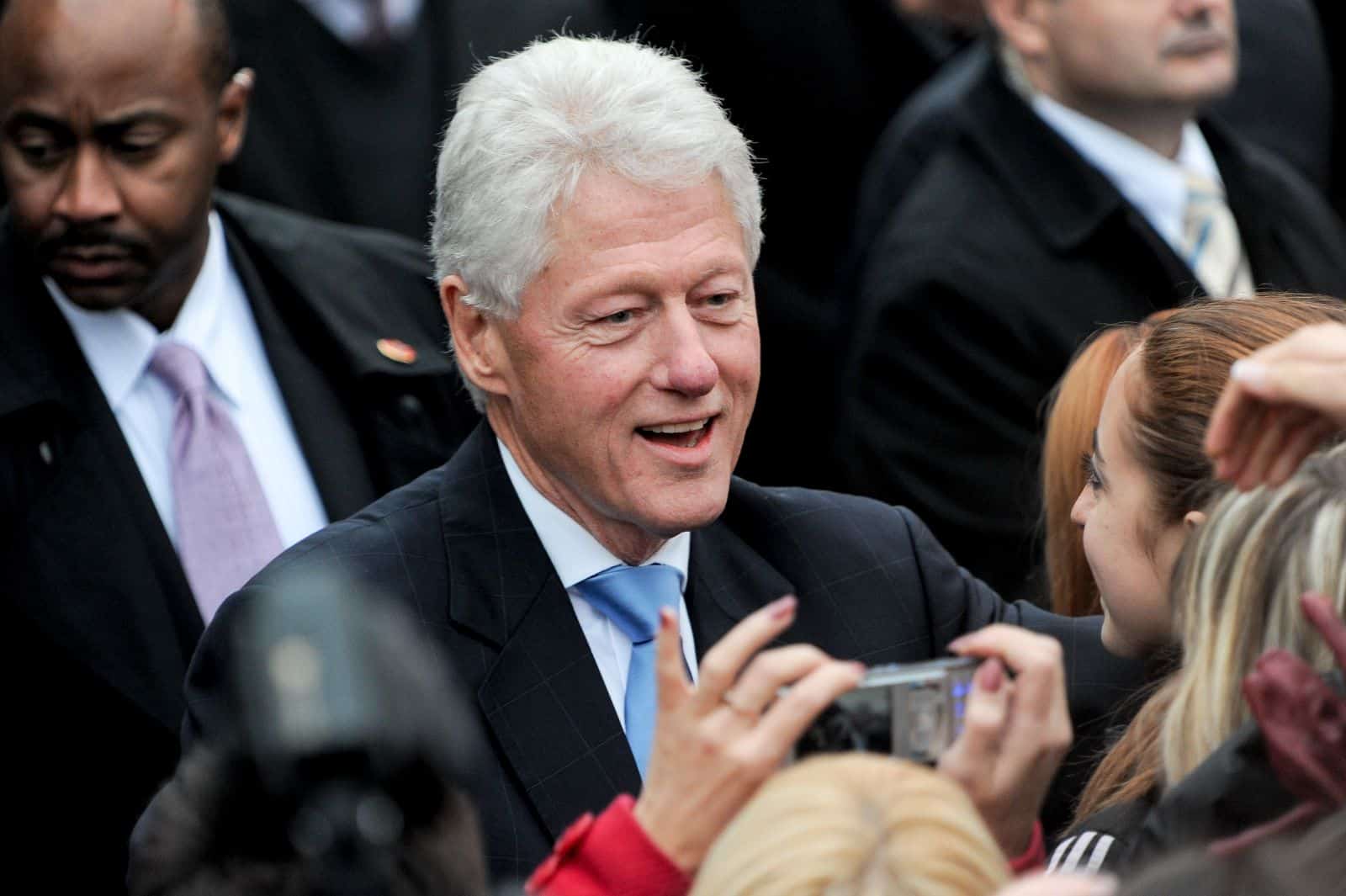
However, the first President to acknowledge June as Pride Month wasn’t until 1999 when then-President Bill Clinton declared June as Gay and Lesbian Pride Month.
True Tolerance

Clinton said, “We cannot achieve true tolerance merely through legislation; we must change hearts and minds as well. Our greatest hope for a just society is to teach our children to respect one another, to appreciate our differences, and to recognize the fundamental values that we hold in common.”
Global Pride Celebrations
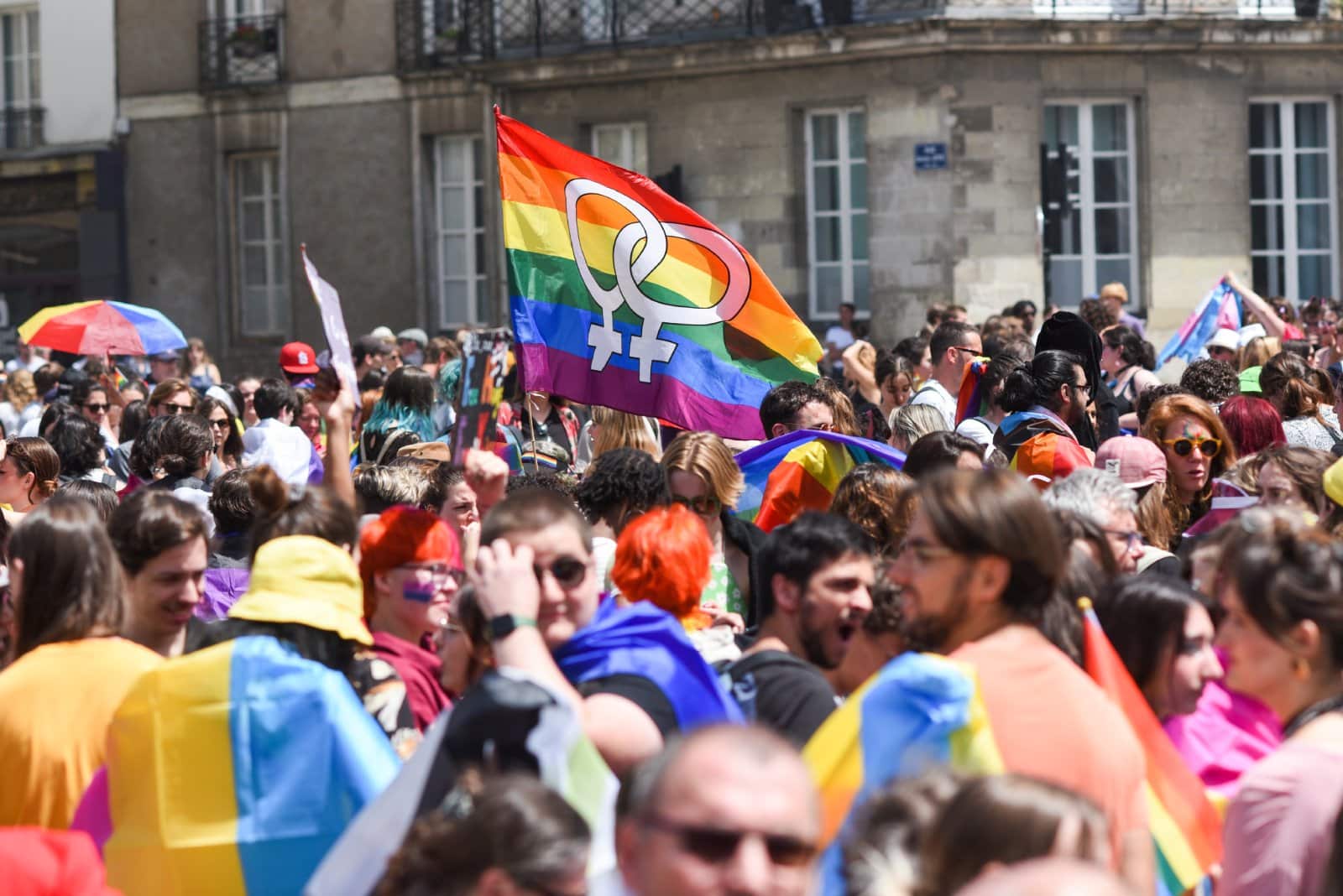
New York City remains a global hub for Pride celebrations, attracting millions annually to its Pride March in June. Alongside New York, São Paulo also has one of the largest Pride events, drawing around 4 million people.
Pride Is Everywhere
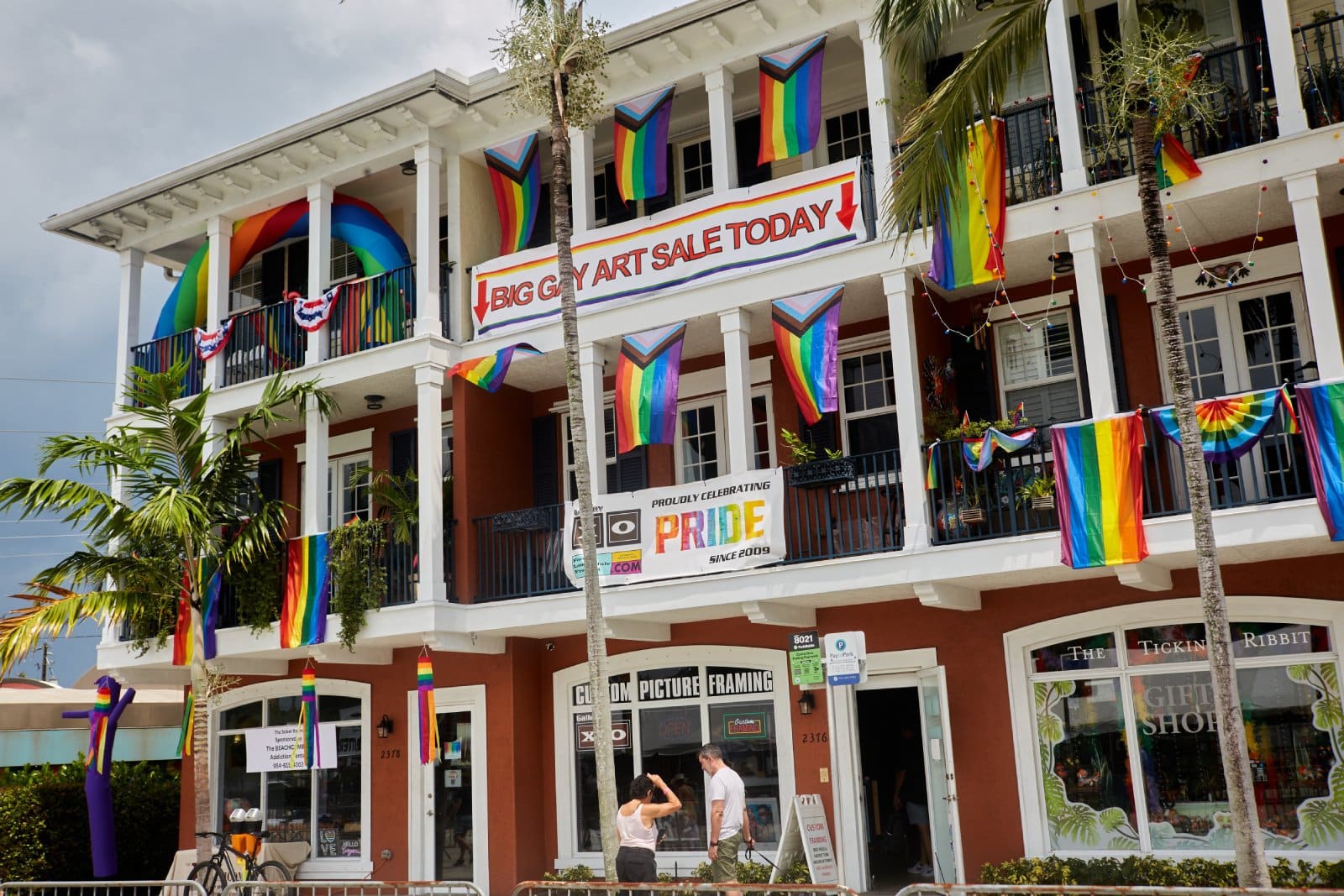
Other cities like Madrid, Toronto, and San Francisco also host massive Pride events in June that regularly attract hundreds of thousands and sometimes millions of celebrants.
Bringing the Rainbow
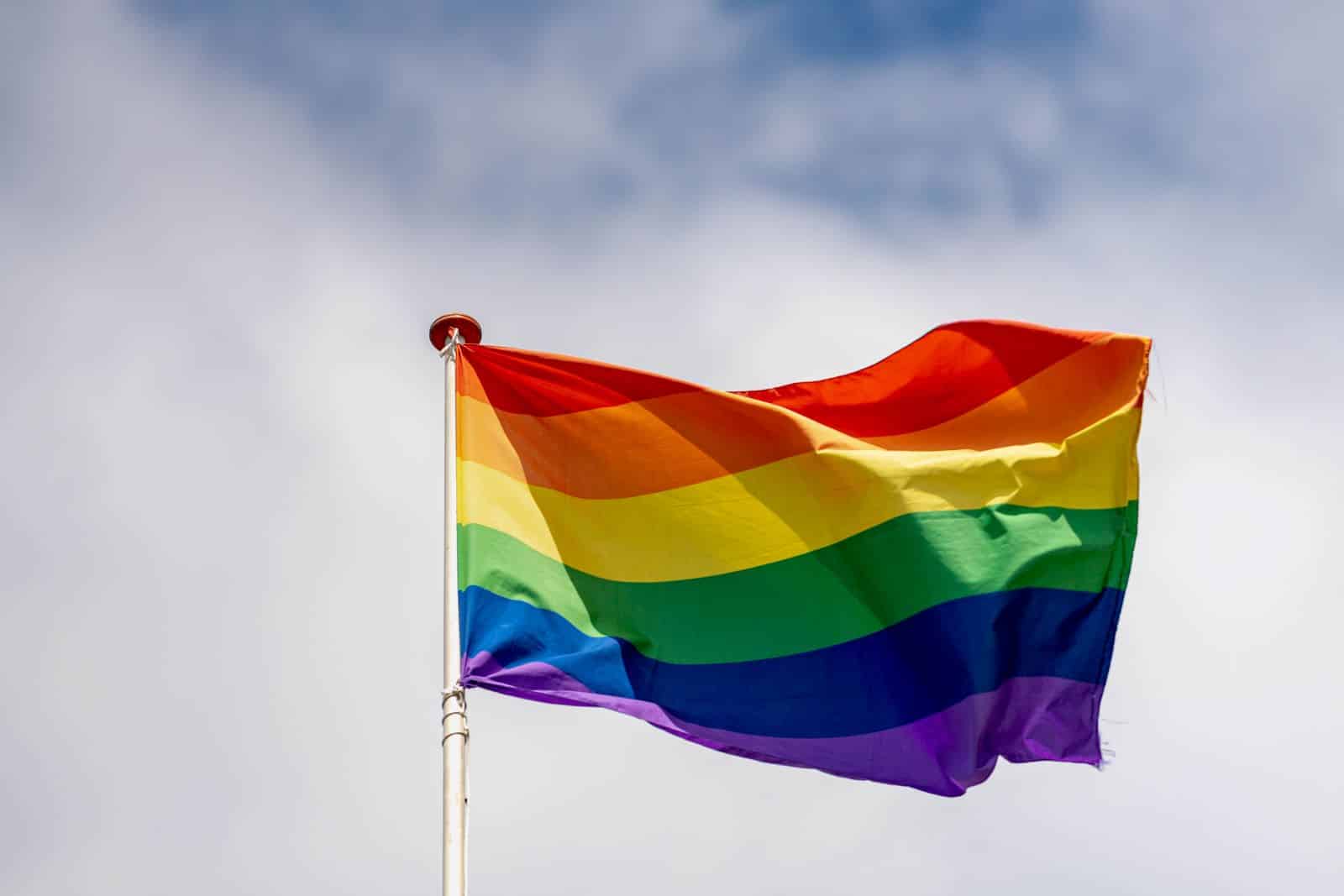
At any one of these events, you can often find thousands of rainbow Pride flags celebrating the event, but few people know here this flag actually came from.
Creating the Rainbow
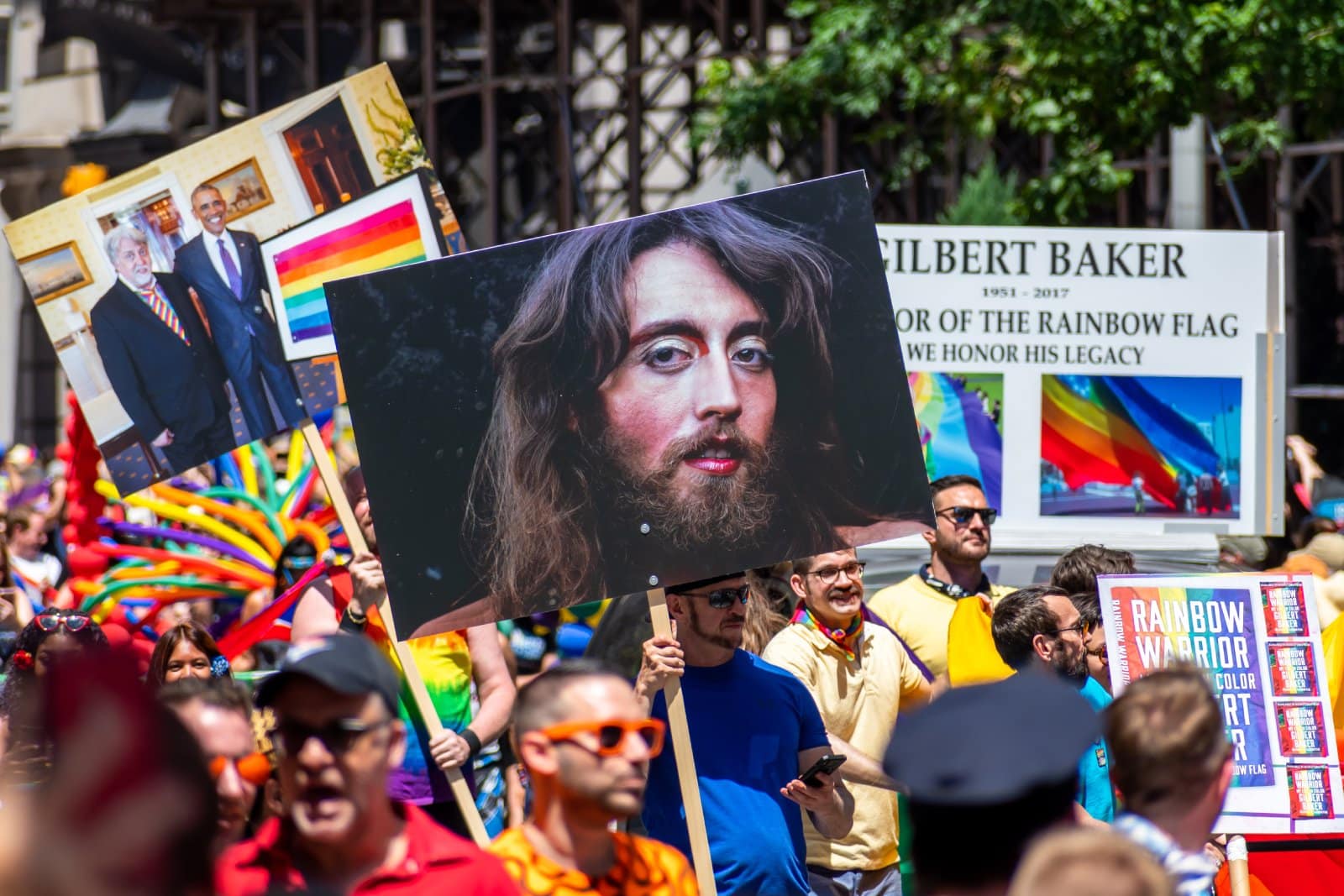
If you weren’t aware, seamster Gilbert Baker created the rainbow Pride flag for the San Francisco Gay Freedom Day Parade in June 1978.
The First Flag
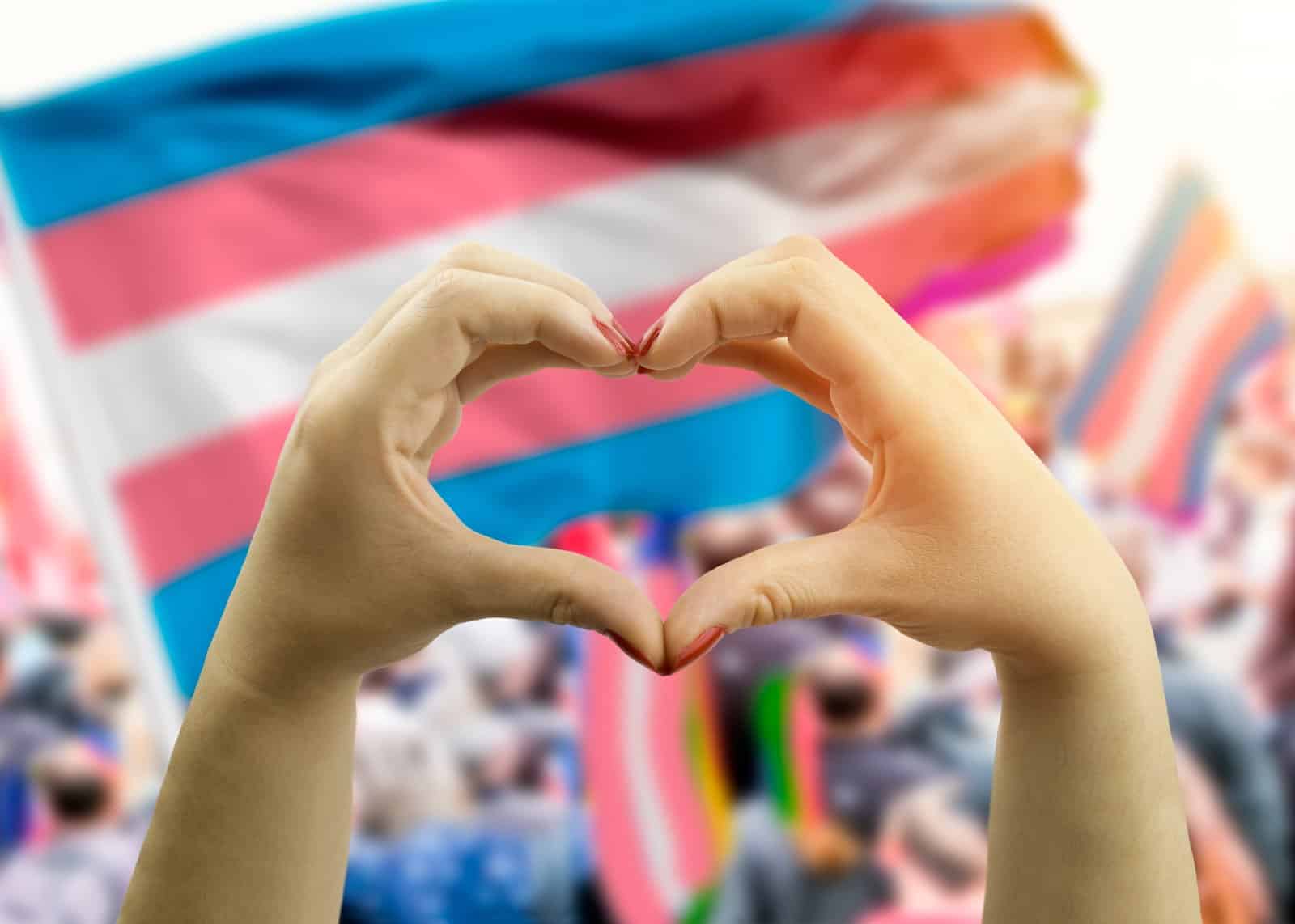
Before the rainbow pride flag and all its subsequent versions of inclusivity, a pink triangle, a symbol that was also used by German Nazis, was used to represent gay rights.
Designed by Hitler
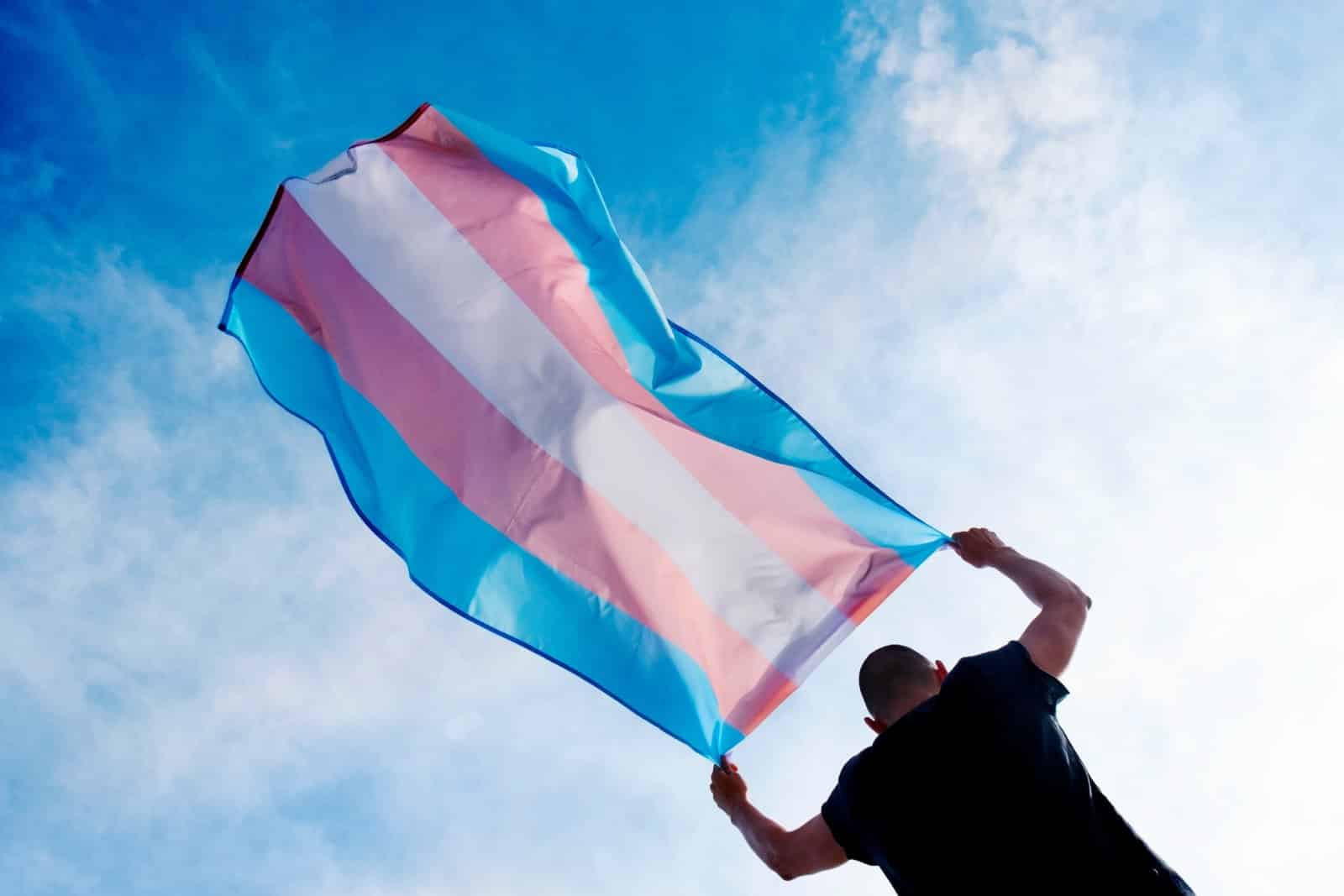
Gilbert told NBC News in 2016, “Up until the rainbow flag in 1978, the pink triangle had really functioned as kind of the symbol of homosexuality and gay rights, but it was designed by Hitler.”
Something From Us
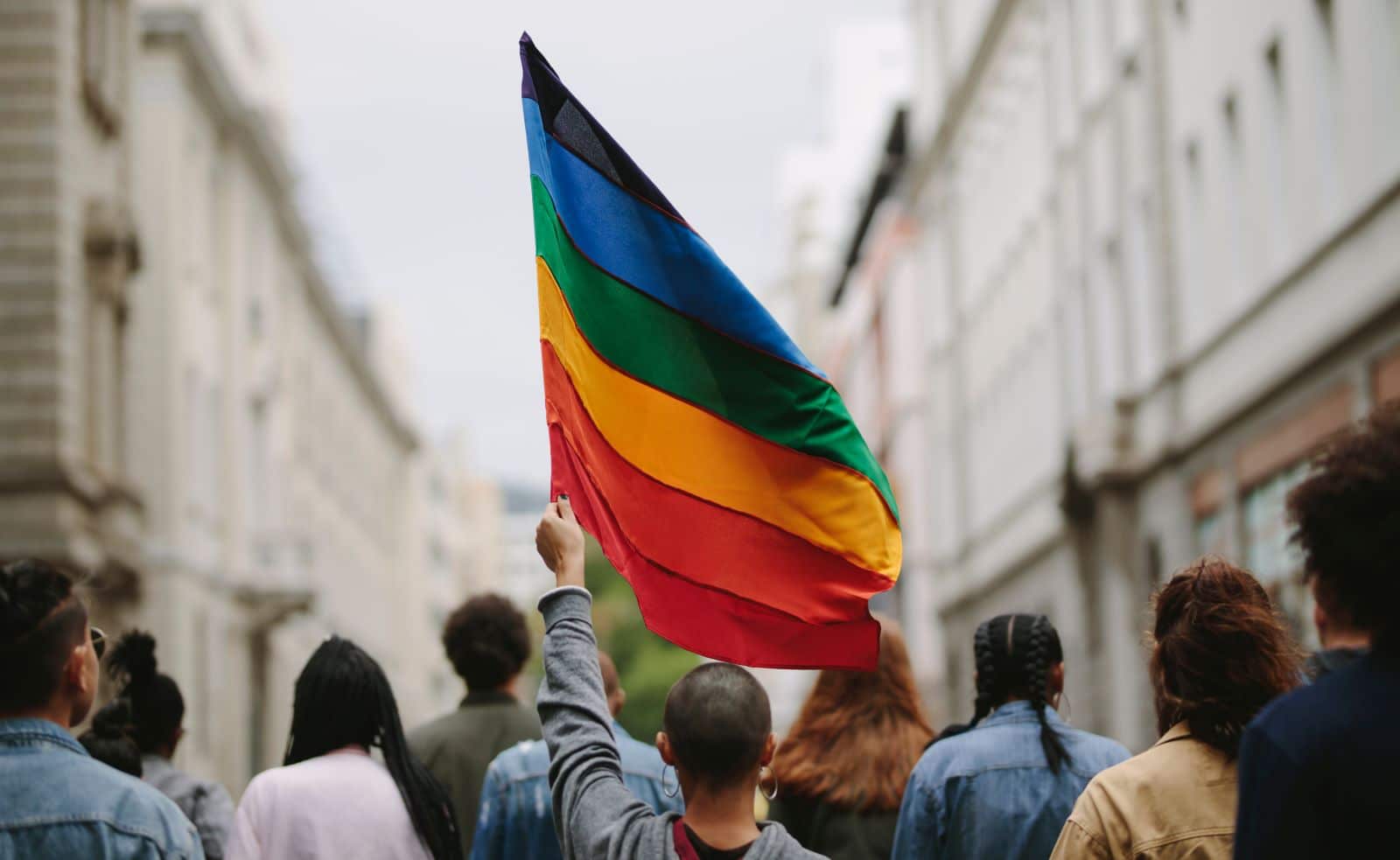
“It was put on us in the same way that they used the Star of David against Jews. It was a whole code of symbols that were used to oppress people, so we needed something that was from us.”
The Perfect Fit
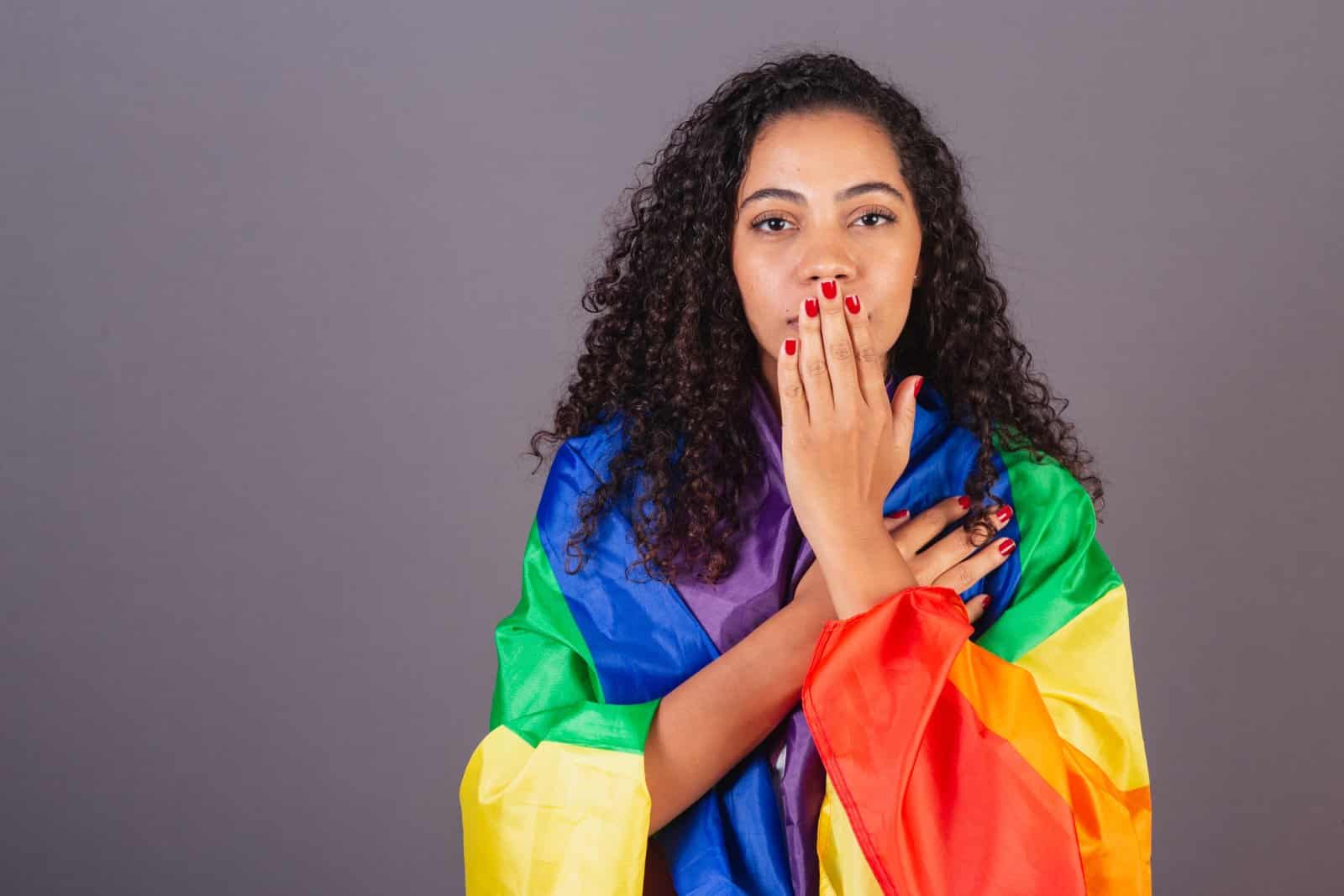
Gilbert said he made the flag because “flags are about power,” and “I knew right away that the rainbow would be the perfect fit for us” because “It expressed our diversity in terms of our gender, our race, our ages — all the ways we’re different, yet connected.”
The post How June Became Pride Month and the Rainbow Became Their Flag first appeared on Pulse of Pride.
Featured Image Credit: Shutterstock / Shawn Goldberg.

